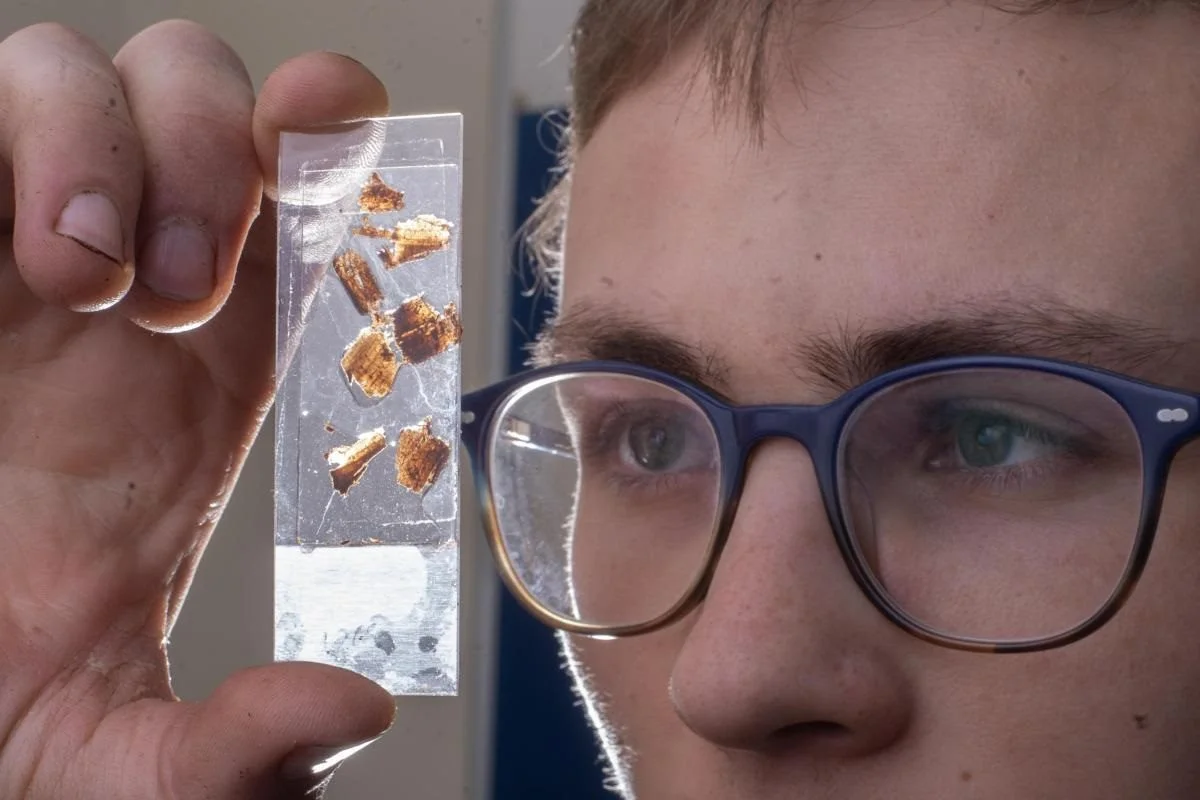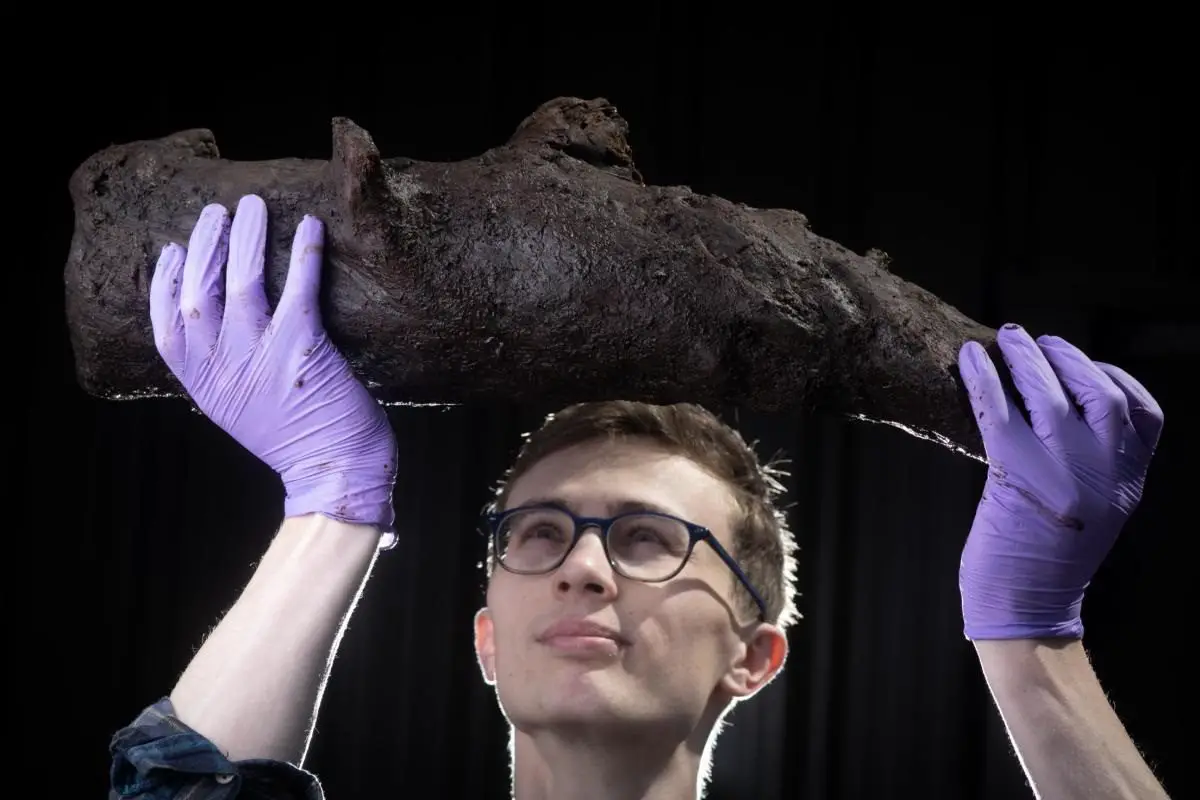A prehistoric “time capsule” containing preserved woodland and insect remains has been found in peatland on the Holnicote estate in Exmoor, England.
The discovery was made in an area known as Alderman’s Barrow Allotment, which was undergoing restoration as part of a project to improve the health of degrading peatlands across Exmoor and the South West.
The project found a “time capsule” of woodland and insect remains from the Neolithic and Bronze Age, providing a unique insight into how the peat formed and what kinds of species of plants and insects lived in the environment during ancient times.
An examination of samples taken from the peat has revealed over 100 fragments of Hydraena riparia beetles, in addition to specimens of dung beetles, rove beetles, moss mites, and water scavenger beetles.

Remains from a prehistoric woodland floor were also recovered, consisting of fragments of trunks, branches, and twigs dated to around 4,500 to 3,500 years ago.
These fragments revealed the presence of multiple tree species, including: alder and willow, with evidence of birch growing nearby (indicated by seeds).
A broader investigation of the peatland location has unveiled a portion of a Neolithic willow tree, along with instances of birch and oak. Traces of various plant species in the surrounding vicinity, such as sedges and rushes, have also been identified.
Dr Ed Treasure, Senior Environmental Archaeologist at Wessex Archaeology, specialising in plant remains and wood explained; “These discoveries provide a unique and tangible way of connecting with Exmoor’s past, and they illustrate the changing nature of landscapes and reveal how this impressive landscape came to be.
“We can use this information to develop a ‘baseline’ for peatland restoration studies which can extend back centuries, if not millennia. This long-term view enables us to look beyond many of the significant changes in land-use practices in peatlands which occurred during the last few centuries,” added Dr Treasure.
Header Image Credit: National Trust, Steve Haywood







